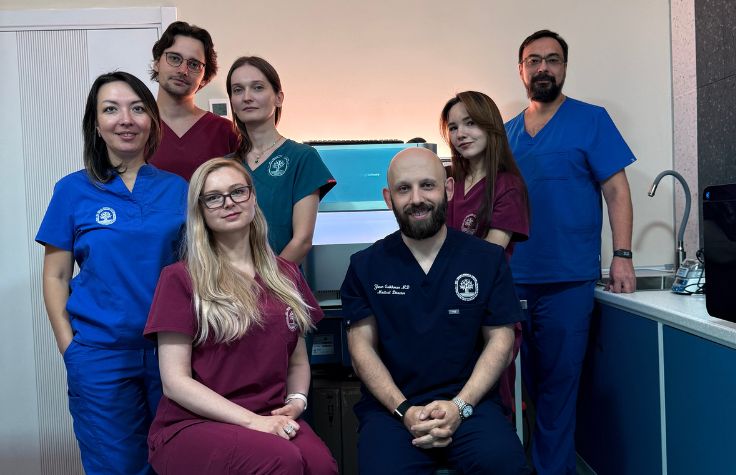
August 3, 2015
What happens in paternity or criminal cases where identifying the difference between identical twins is crucial? This week’s SciMon looks at a study by Weber-Lehmann et al, entitled, “Finding the needle in the haystack: Differentiating ‘identical’ twins in paternity testing and forensics by ultra-deep next generation sequencing.”
Paternity and forensic analysis rely on a set of 16 to 24 short tandem repeat markers. Currently due to their high genetic similarity, monozygotic identical twins cannot be differentiated using the standard paternity or forensic DNA testing methods.
However, contrary to popular belief, monozygotic twins are not one hundred percent genetically identical. In their research, Weber-Lehmann, et al found that genome sequencing is able to take rare single nucleotide polymorphisms (SNPs) to distinguish between twins.
Each twin has a unique SNP pattern and these begin to arise after the blastocyst has split into two. As the twins begin to develop individually, the SNPs are acquired over time and carried into somatic tissue or germ line, giving each twin a very unique genomic footprint – which can be identified through next-generation sequencing.


